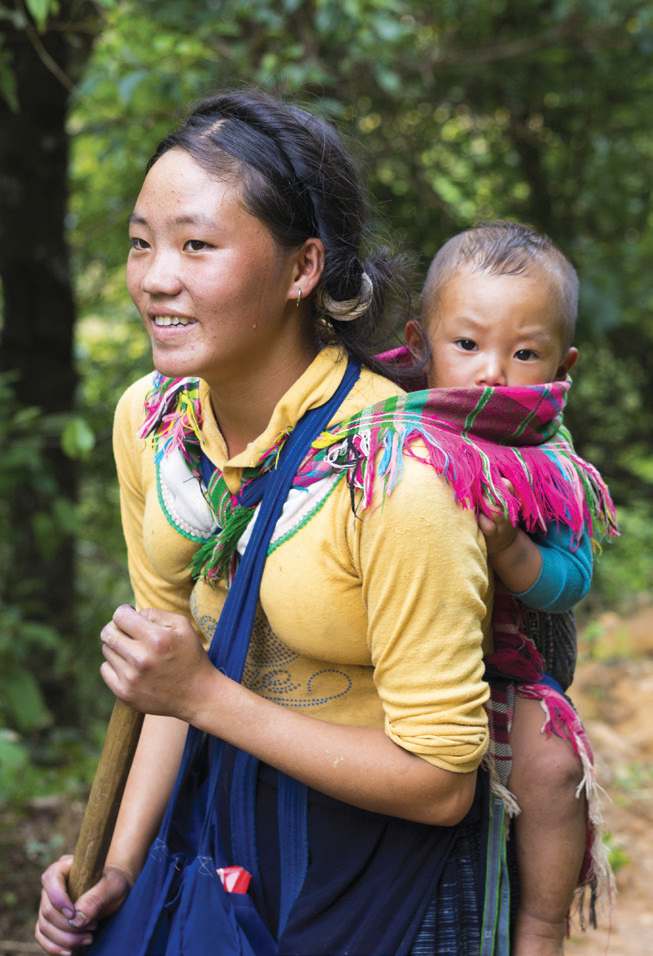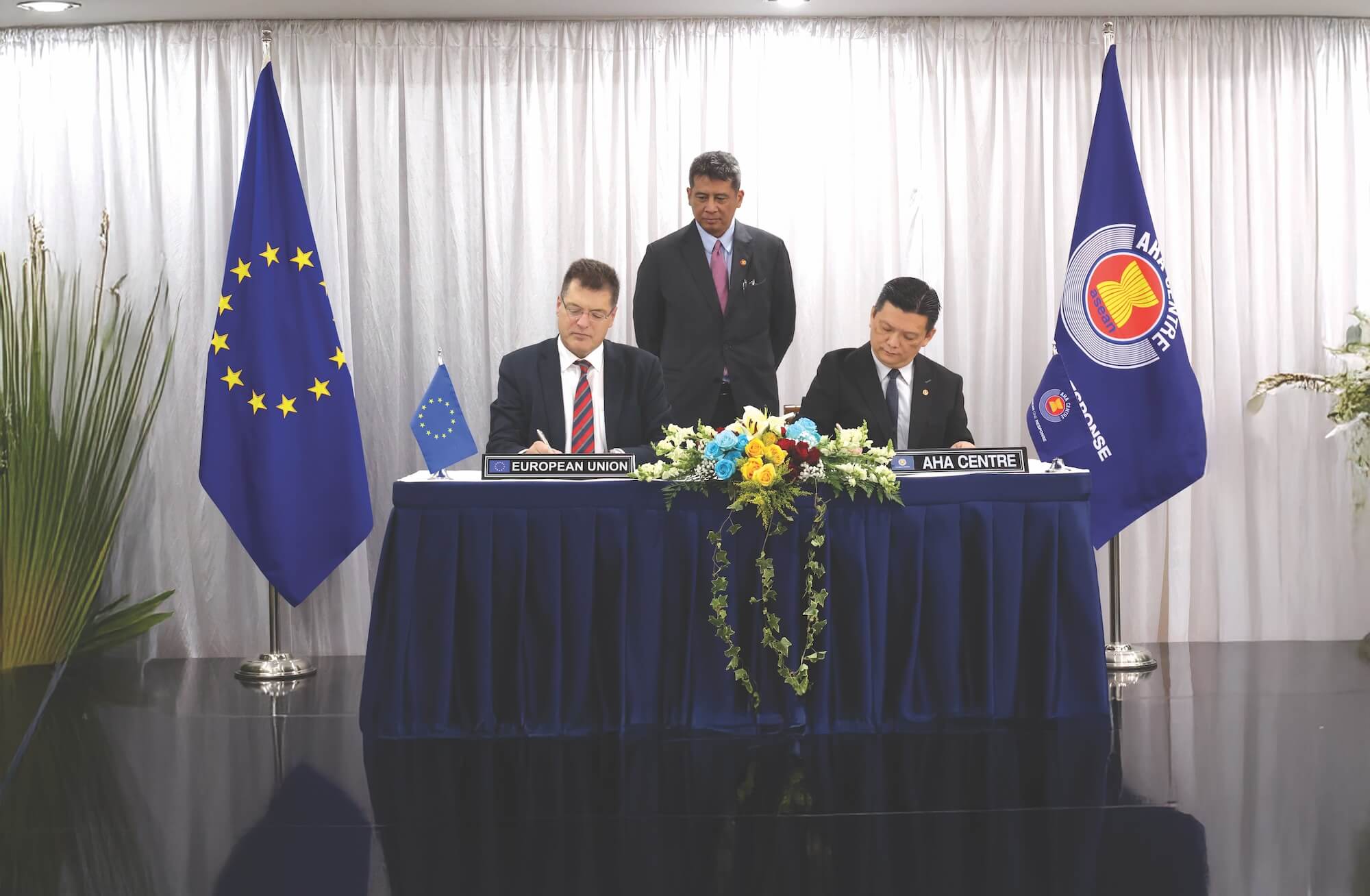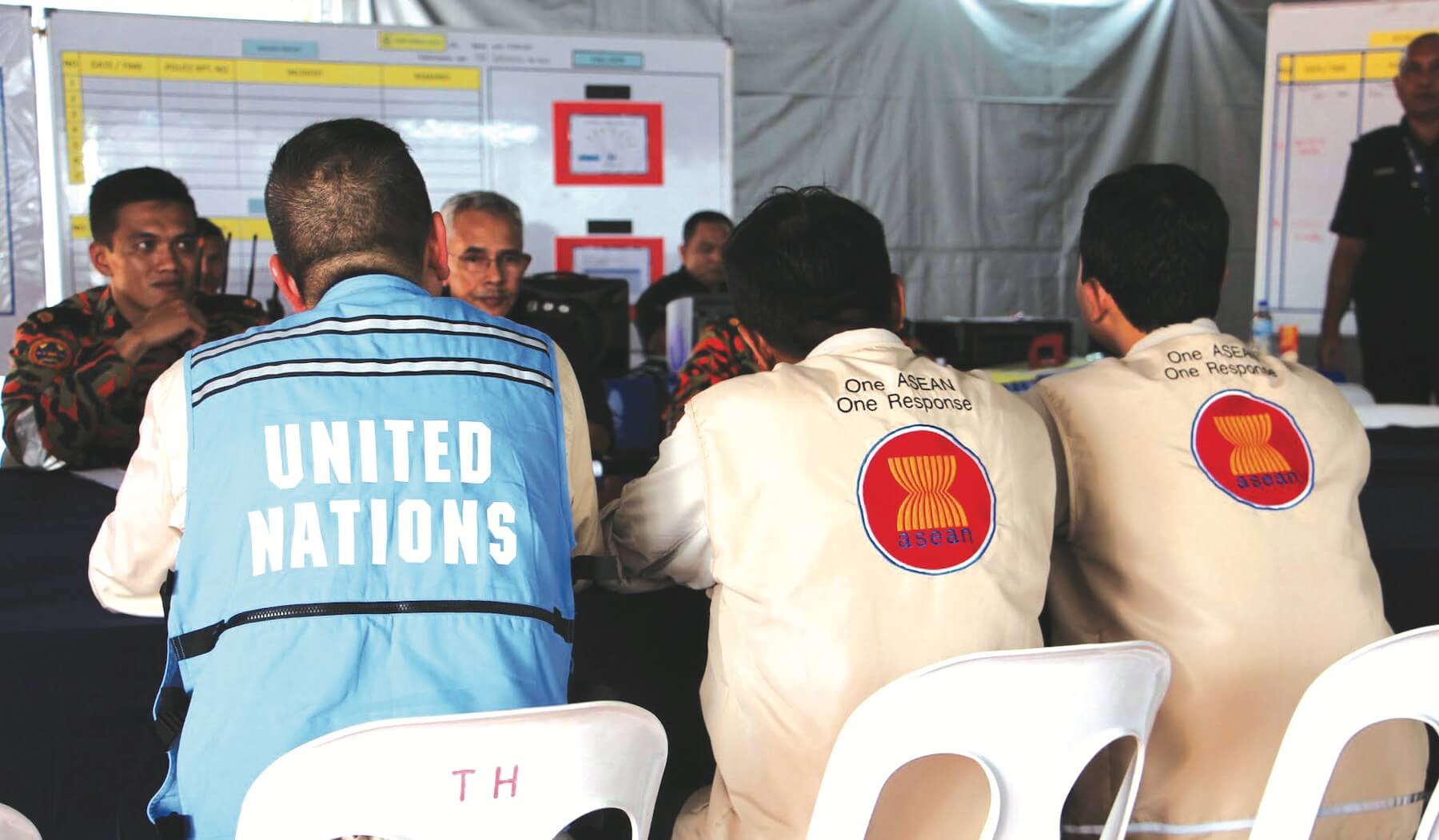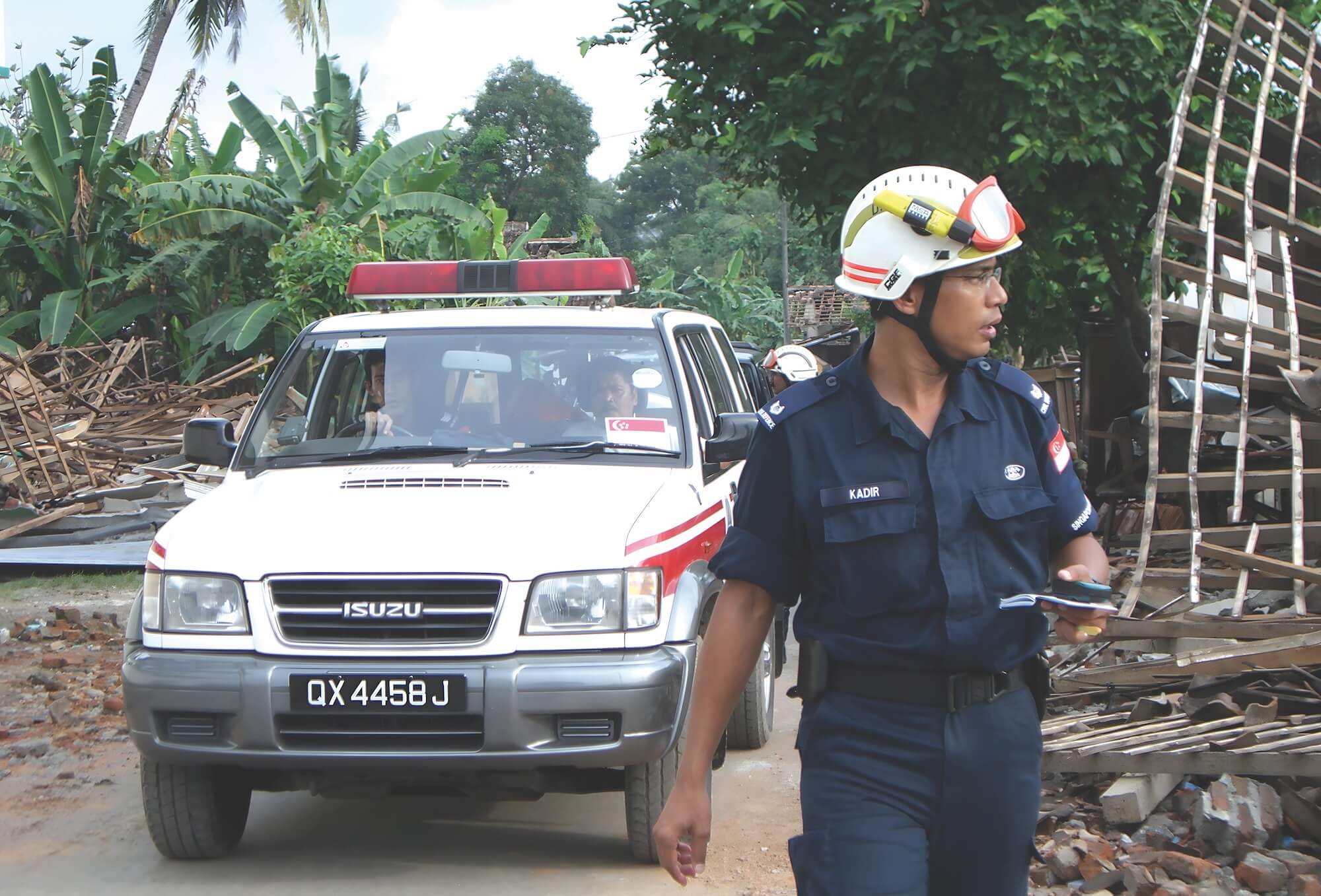



"Every child has a right to dream, all girls need to study and to pursue their futures, and not to become a wife or a mother at a young age. And if they are forced to marry someone, they should know that they have the right to say “no.” They should discuss with their parents and show your determination to pursue your desired pathway in life.”
These were the words of 16 year old Orn, a youth advocate from Thailand, at the 2nd Forum on Child, Early and Force Marriage held online on 14 September 2020. The first one was held on 6 March 2019 in Jakarta, Indonesia.
The ASEAN Commission on the Promotion and Protection of the Rights of Women and Children (ACWC) conducted the forums, in partnership with UNICEF and UNFPA, to raise awareness on child, early and forced marriages. They were meant to facilitate action-oriented dialogue with other ASEAN sectoral bodies and relevant stakeholders for more coordinated and collaborative strategic actions towards eliminating child, early and forced marriage.
The September forum also served as a platform for young women from different ASEAN Member States who are engaged in advocacy work to eliminate child marriage. It was an opportunity to lend a voice to those who have none-girls and young women who are forced into early marriages.
Overview of Child, Early and Forced Marriage in Southeast Asia
For most, marriage is a union of two people, an act of love and a mutual choice and commitment to spend the rest of one’s life with another person.
However, when marriage happens “too soon” for young girls and adolescents, their happiness and wellbeing are compromised, the path to their future becomes uncertain, and economic and life opportunities are likely to be altered or lost. Worse, their life may be threatened due to health risks associated with early pregnancy, or intimate partner violence. The consequences of child, early and forced marriage are severe and likely to cause long lasting damage—physically, emotionally, socially, politically, and economically.
Child marriage is defined as a formal marriage or informal union occurring before the age of 18 (UNICEF, 2014). The global scenario on child marriage shows that more than 650 million women living today were married before they reached the age of 18 as of 2018. According to UNICEF, 12 million women marry as children every year.
Child marriage is a reality faced by many girls and adolescents in ASEAN. Children are driven to early and forced marriage and adolescent pregnancies by many complex reasons, often associated with their socio-economic and cultural environment. UNICEF’s Global Database 2020 shows that the percentage of ASEAN women aged 20-24 years who were first married or in union before the age of 18 is highest at 32.7 per cent in Lao PDR, followed by Thailand at 22.5 per cent, and Cambodia at 18.6 percent. For the Philippines, Indonesia and Myanmar, the average is 16 per cent, while for Viet Nam, it is 10.6 per cent (Lao PDR MICS 2017; Thailand MICS 2015; Cambodia DHS 2014; Myanmar DHS 2015; Philippines DHS 2017; Indonesia 2017; Viet Nam MICS 2014). While child marriage is decreasing in the region, it remains a serious concern.
In terms of teen pregnancy and birth, WHO figures show that approximately six million girls between the ages of 15 and 19 give birth in Southeast Asia each year which is equivalent 43 per 1,000 females. This is quite alarming as it is even higher than the global rate at 42.5 (DESA, 2019).
The prevalence of child, early and forced marriages is further revealed in the percentage of ASEAN women aged 20-24 years who were first married or in union before the age of 18. It is highest in Lao PDR at 32.7 percent; followed by Thailand at 22.5 percent; and Cambodia at 18.6 percent. For the Philippines, Indonesia and Myanmar, the percentage average is at 16 per cent ,while for Viet Nam, there is a significant percentage at 10.6 per cent (Lao PDR MICS 2017, Cambodia DHS 2014, Philippines DHS 2017, Viet Nam MICS 2014, Indonesia DHS 2017, Myanmar DHS 2016, Thailand HIS 2019).
Globally, pregnancy and childbirth complications are the leading cause of death for 15–19-year-old girls (Neal S, et al, 2015).Adolescent women die during pregnancy and childbirth since their bodies are not yet fully developed and ready to bear children.
Child, Early and Forced Marriage is a Consequence, Not a Choice
A closer look at the situation in ASEAN countries reveal three main factors that force girls and young adolescents into early or forced marriages: (i) traditional child early/forced marriage, (ii) peer-led marriage and cohabitation, and (iii) circumstantial or unintended child marriage.
Customs and traditions in some areas in ASEAN Member States still play a major part in driving children to early and forced marriage. But other patterns are equally important to highlight. Pre-marital sex and an unintended pregnancy from it are often followed by circumstantial marriage. In some cases, the girls are victims of sexual violence and trafficking. Teenage girls may also consent to cohabitation if pressured by peers, or if they do not have a proper understanding of their own sexuality, including reproductive health and rights.
Child, early and forced marriage is perpetuated further by a culture of poverty and economic insecurity; people’s mindset and attitude towards adolescence, sexuality, and marriage; lack of education; and absence of guidance or lack of parenting capabilities by parents and guardians.
In all forms of child marriage, girls are denied of their rights to reach their full potential, limiting their capacity “to do” and “to be.” When girls and young adolescents are forced into marriage due to lack of opportunities or options for a better life and when they are unable to access gender responsive services, it is an indication of gaps and failures in our society.
As another youth advocate, 21 year-old Ferny from Sasak Panjang, Indonesia said, “I have been actively promoting child marriage prevention since I was 16 years old. At that time, I joined the Bogor District Children’s Forum where I learned about child marriage issues. Eventually, I discovered that my mother was also a victim of child marriage. From that moment, I became inspired to contribute to preventing child marriage……child marriage continues because there are some children who feel too tired studying due to the uncertainty of the current education system, and because of the influence of the society and media,” she said.
Educating and helping young women break the cycle of early marriages in their families are crucial to fixing these gaps in society.
Opportunities to Prevent and Eliminate Child, Early and Forced Marriages
ASEAN firmly believes that it is a manifestation of gender inequality and discrimination structured by social norms, traditions, and beliefs.
Policies can help curb child, early and forced marriage. However, these policies must make girls and adolescents visible in the framework, must be strictly implemented, and must be consistent with other policies such as the raising the legal marrying age in ASEAN Member States and improving access to information on adolescent sexuality.
Eliminating child, early and forced marriage and adolescent pregnancies in the ASEAN region has become more challenging with the global economic downturn caused by COVID-19 and the major disturbances it has wrought on family and social life, and the new systems of learning. Crisis and emergencies cause people to fall deeper into poverty, which is among the drivers of child, early and forced marriage.
Eliminating child early marriage and adolescent pregnancy demands a comprehensive sex education for both young girls and boys that will increase their knowledge about sexuality, intimacy, and relationships, as well as sexual and reproductive health and well-being, including early and unintended pregnancies, among others. A similar course is needed for parents and adults because lack of information, awareness, and understanding on this subject matter can hinder institutional efforts.
ASEAN remains committed to advancing the protection and development of girls and adolescents. It has mainstreamed gender and inclusion in the development and realisation of the ASEAN work plans and initiatives, ensuring investment in girls’ empowerment, protection, and development.
Progress towards eliminating child, early and forced marriage as well as adolescent pregnancies shows promising potential in the ASEAN region. This was presented at the recently launched of the Girls Leadership Index held virtually on 9 October 2020, through the joint undertaking of the ASEAN Secretariat and Plan International.. The Girls Leadership Index presents reliable data on the status of girls’ leadership in 19 South and Southeast Asian countries. It frames girls’ leadership in its broader form, i.e. as a concept that considers a wide array of girls’ competencies, skills, and the environmental conditions that support girls’ exercise of their agency, including having a voice and participating in their own lives, households and communities. The index is an important tool in efforts to eliminate child, early and forced marriage and adolescent pregnancies in the ASEAN region.
Advancing the Agenda of Girls and Adolescents
Child, early and forced marriage is like an epidemic—it cannot be reversed over a short period of time. Leaving no one behind is an end goal shared by all stakeholders, but this is easier said than done. Sustained inclusive efforts are necessary to transform society and ensure that development is enjoyed by all.
To advance the agenda on the elimination of child, early and forced marriage, guided by the leave-no-one-behind principle, holistic interventions must be grounded on the enabling and constraining social-cultural and ecological factors that affect adolescent girls’ abilities to thrive and develop. The drivers of child, early and forced marriage must be determined to ensure that interventions are responsive to this problem.
Current information on child, early and forced marriage must be broadened by doing more research and gathering more evidence on the unique situations and experiences of girls and young adolescents. Comprehensive and accurate data on child, early and forced marriage and pregnancies among young adolescents can help countries tailor their strategies for preventing and eliminating child marriage. The use of the Girls Leadership Index by various development planners and stakeholders is also encouraged.
At the political level, there is a call for a more focused and institutionalised approach to ensure protection of children from child marriage. Policy interventions need to cover response, prevention, and elimination of child, early and forced marriage across the different life-cycle domains that are to be adopted at the national level down to the local levels, to sustain government’s investments on girls and adolescents.
Education and awareness raising are crucial to combat child, early and forced marriage. Education can alter the way girls (and boys) view marriage, which is often influenced by social norms, beliefs, and traditions. It also arms them with knowledge and skills that will help them make better choices for their future.
Girls and boys must have a critical voice in finding solutions and options and must be actively involved in realizing them. Member States must honor their strengths, abilities, and leadership capabilities, being the primary stakeholders and “agents of change” in eliminating child, early and forced marriage, with support from parents, families, and communities. Consultative platforms for girls and adolescents and essential stakeholders must be done from the grassroots level up to the regional level, online and offline.
Increased presence of girls and young adolescents in the digital world must be turned into opportunities for strategic advocacy, education, and increased participation. But extra caution is needed because of the safety risks associated with increased online presence.
“Certainly, our efforts must include awareness-raising, constituency-building, and working with champions, youth movement, civil society organizations, traditional and religious leaders, men and boys and women and girls,” said Secretary-General of ASEAN Dato Lim Jock Hoi at the 2nd Forum on Child, Early and Force Marriage.
We must stop pushing our girls into child marriage and early pregnancies. We must not let them suffer from conditions created from the past. Together, we must give them opportunities to develop their gifts and talents, break free from the cycle of poverty, and enjoy life to the fullest.
Investing in girls and young adolescents must be embraced as a strategic initiative towards inclusive social transformation for a future that is of their choice.








